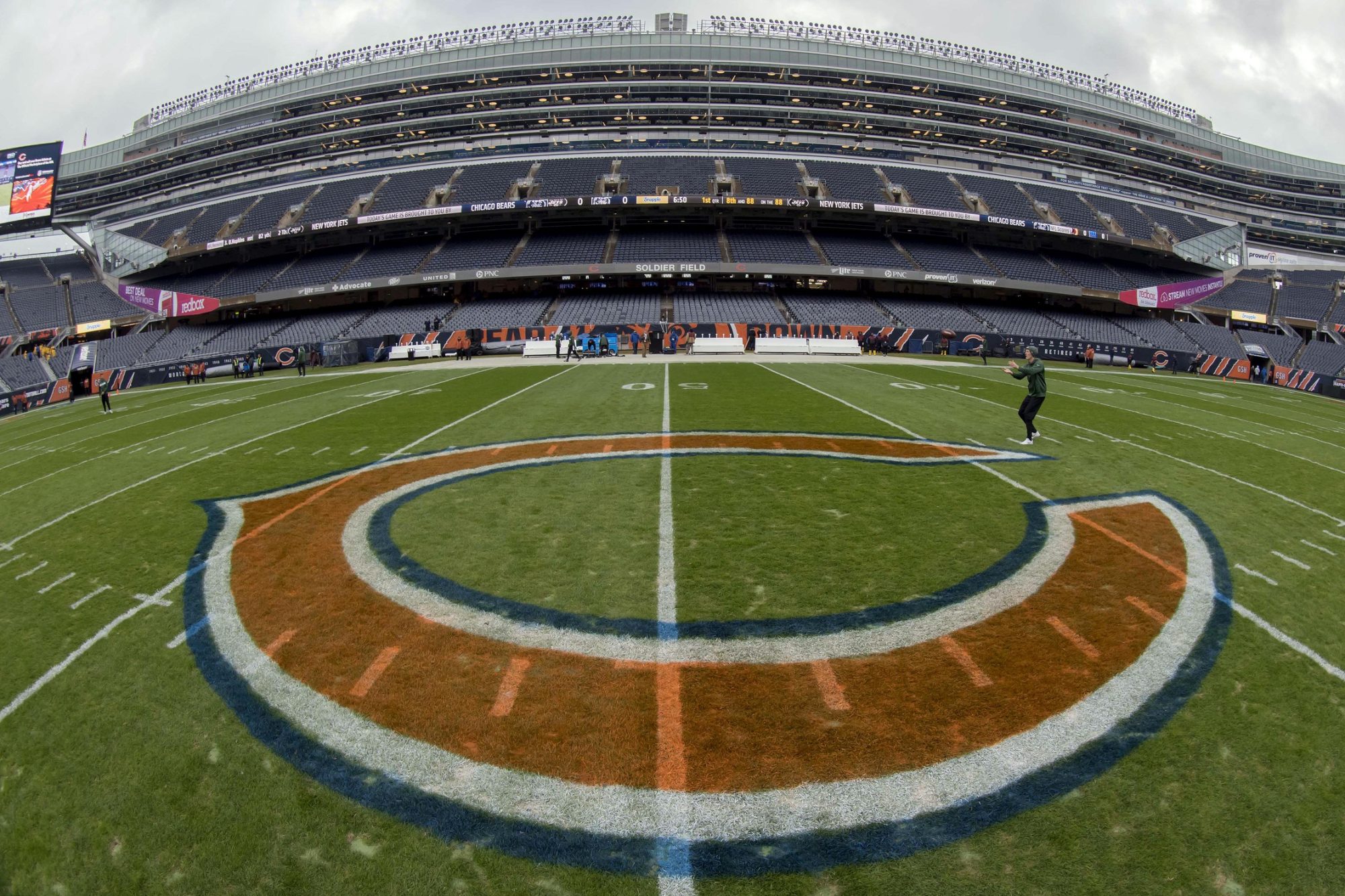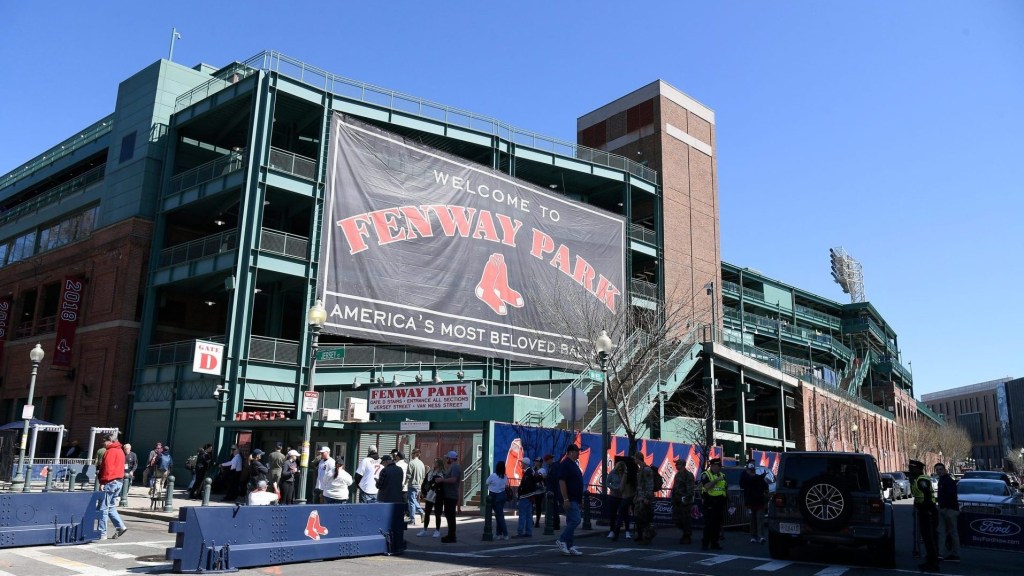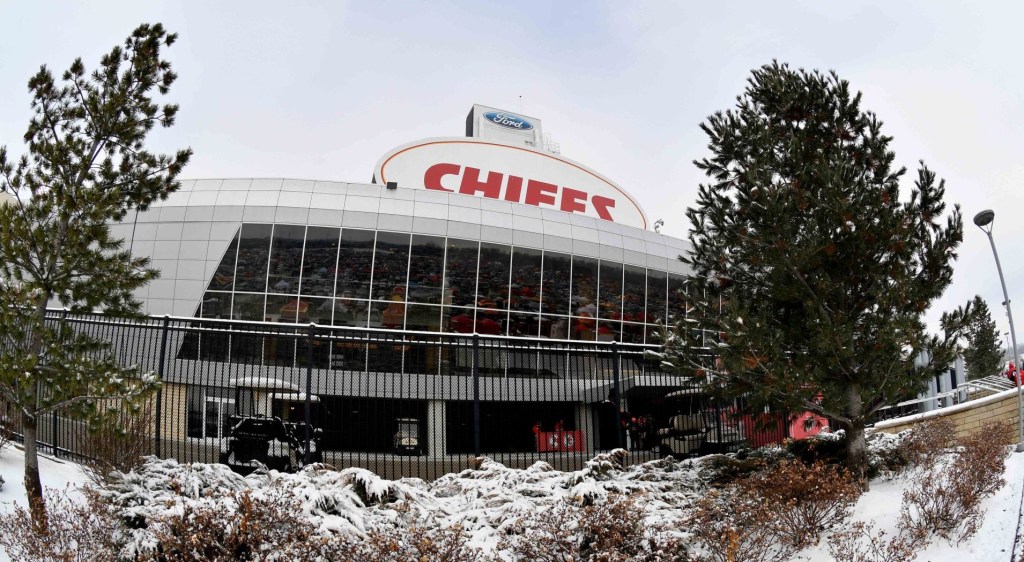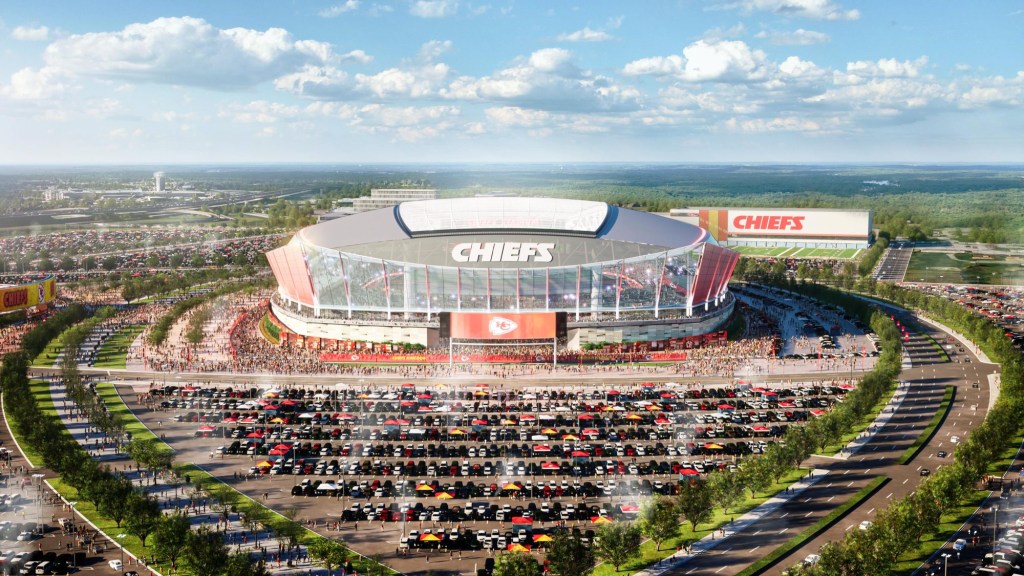Why should two neighboring pro teams compete for the same pot of public money if they don’t need to? Such is the theory underpinning a potentially transformative partnership developing in Chicago between the Bears and White Sox.
The Bears’ long-running effort to build a new, domed stadium has more recently been joined by an announced plan by the White Sox to construct a ballpark near Chicago’s downtown. Since both teams could be drawing from the same hotel tax funds to build their respective stadiums, city officials have encouraged a more collaborative approach to help ensure both projects ultimately get done.
Related Midwest—the developer working with the White Sox on their project on a spot of land located near Chicago’s South Loop and called “The 78”—said to the Chicago Sun-Times that the company is working on a “financing partnership” with the teams that would link the two stadium projects.
“Wouldn’t it be unbelievable for our city if you were to see two amazing facilities for these great sports teams built at once?” Curt Bailey, Related Midwest president, told the Sun-Times.
Many details are still undetermined in the potential deal, perhaps most notably where the Bears intend to build their venue. There also isn’t anything close to a final economic framework. But there does exist an ongoing dialogue to create a shared framework, with those talks also extending to potentially relocating either the MLS’s Fire or NWSL’s Red Stars, or both, to a retrofitted Guaranteed Rate Field after the White Sox leave that ballpark.
Civic Precedent
Several other U.S. cities in recent decades have tackled public financing for more than one pro sports facility at the same time. But perhaps the most notable example occurred a quarter century ago when Pennsylvania state officials approved funding to help build what became PNC Park and Acrisure Stadium in Pittsburgh as well as Philadelphia’s Citizens Bank Park and Lincoln Financial Field.
Though highly controversial then—and also many years later—given the always-divided opinions around using taxpayer funds for private sports teams, the approach in Pennsylvania was then seen by state leaders as an efficient way to manage several converging desires for stadium upgrades.
















